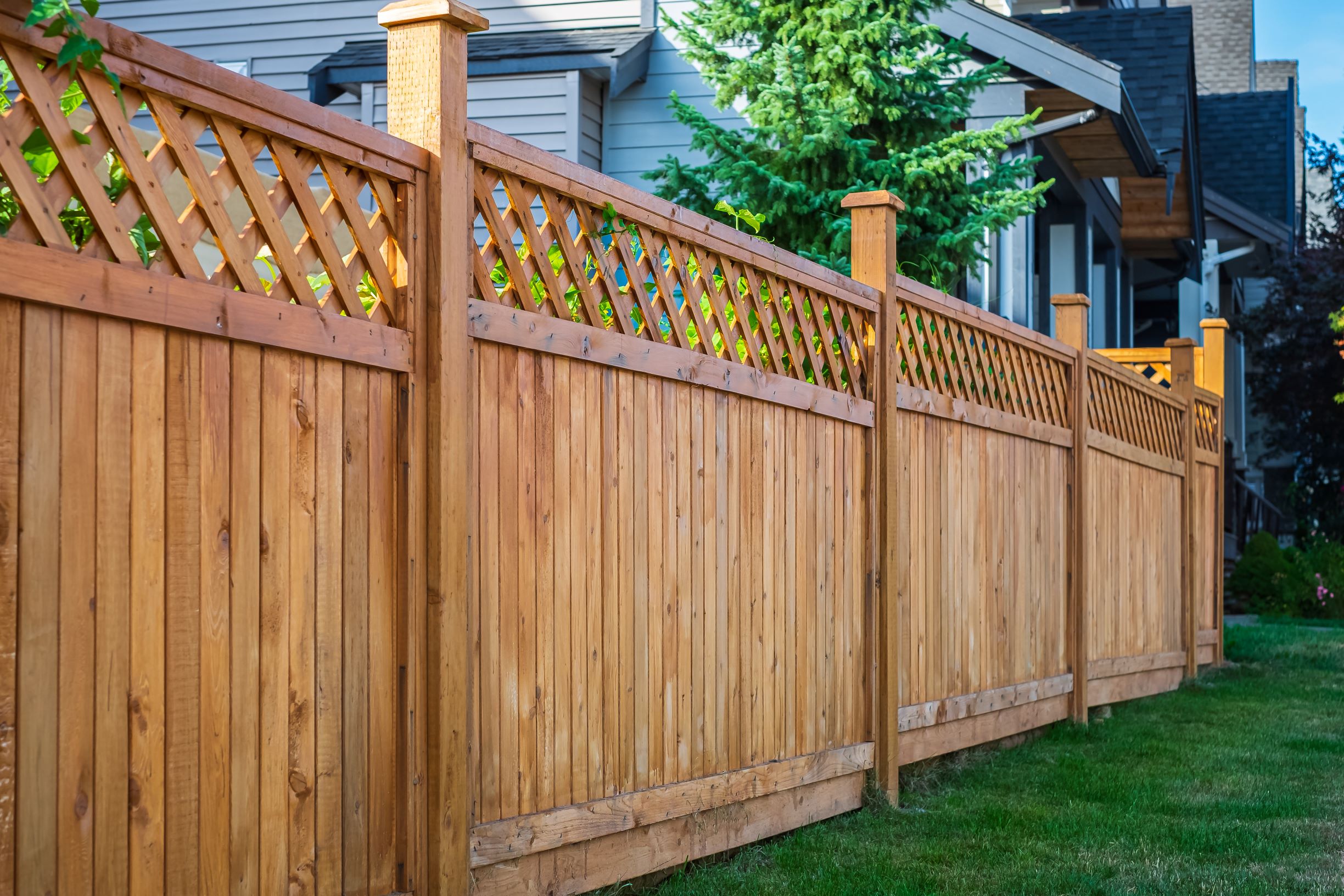Besides providing an aesthetic improvement, installing a fence is an investment in privacy, security, and property value. However, with so many materials, styles, and ways to install fencing, it can be very confusing to understand fencing costs. Knowing what to expect allows you to effectively plan your project and avoid surprise expenses.
This comprehensive guide will take you through everything you may want to know about the costs of fencing, from influencing factors to comparisons in materials and how to manage costs.
Factors That Influence Fencing Costs
Different factors determine the cost of any fencing project. This includes the following:
Material Type
The choice of material significantly influences the costs of fencing. Materials like wood and woven wire are generally cheaper, while premium fencing options, such as wrought iron or composite fencing, are more expensive.
Most fencing contractors will price their services based on the material. Hence, you can get a better fencing price breakdown for the whole project. Consider what materials you want based on your needs and ask for details about their costs.
Fence Size
The fence height and length also play a major role in the overall cost. Taller fences require more materials and labor, which increases the price. That’s why it’s essential to measure your space carefully to get an accurate estimate.
Design and Style
Ornamental or decorative fences with intricate designs will cost more than simple, functional options. For example, a basic privacy fence is often more affordable than a custom-designed decorative fence. Consider your goals for the fence—whether it’s for privacy, security, or curb appeal—to determine what fence style fits your budget.
Installation Complexity
The complexity of the installation process can significantly impact labor costs. Fencing projects on sloped or uneven terrain require more effort, time, and special tools, resulting in higher expenses. Additional features like gates, post caps, or lighting can also increase the overall cost.
Usually, the cost is determined by a combination of two or more factors. For instance, you can opt for a picket fence, which is more affordable but also has a sophisticated design. It’s all about what your priorities are.
Comparing Different Fencing Materials and Their Costs
As highlighted earlier, the choice of material will dictate how much money you’ll spend on your fencing project. Here’s a detailed breakdown:
Wood
Wood is a classic material that exudes warmth, with a natural beauty which can be used for fencing purposes. It is usually an economical option, as an average installation cost would depend on the type of wood one selects, ranging between USD$15 to USD$30 per linear foot. Wood fences do require continuous maintenance, however, for prevention of rot and wear.
Vinyl
Vinyl fence ranges from USD$20 to USD$40 per linear foot, making it a popular low-maintenance option. While the upfront cost is higher than wood, vinyl is highly durable and doesn’t require painting or sealing, making it cost-effective over time.
Chain-Link
For those on a budget, chain-link fencing is an affordable option ranging from USD$10 to USD$20 per linear foot installed. While not the prettiest, it’s very durable and functional, ideal for large properties or security purposes.
Metal – Wrought Iron and Aluminum
Iron and aluminum fences are a bit more expensive, between USD$25 and USD$50 per linear foot. These kinds of fences are elegant, will last for a very long time, but may need some occasional rust prevention and maintenance.
Composite
Composite fencing, made from a combination of wood fibers and plastic, is a modern and eco-friendly option. It can cost USD$28 or more per linear foot installed. While it’s more expensive upfront, composite fencing is durable, low-maintenance, and resistant to weather and pests.
While focusing on the material is important when choosing a fence, you must also ensure that the material you pick blends in with your aesthetics and serves the intended purpose.

Managing Fencing Costs
While the cost of fencing can be hefty, there are several tips to manage it without compromising quality.
Choose cost-effective materials: Opting for materials like chain-link or wood can help you save money. If privacy is not a priority, consider using a combination of materials, such as a solid wood fence for the front yard and chain-link for the backyard.
Scale down your project: Reducing the height or length of your fence is an easy way to cut costs. Consider fencing only the most critical areas, such as your backyard or property boundaries.
Shop smart: Look for seasonal discounts or sales on fencing materials. Buying in bulk or sourcing reclaimed materials can also help reduce costs.
Get multiple quotes: Always get quotes from at least three contractors to ensure you’re getting the best price for professional installation. Don’t hesitate to negotiate or ask about cost-saving options.
Here’s a pro tip: managing costs doesn’t mean sacrificing quality. Your fence should be well-installed and durable even when going for affordable options.
Conclusion
Understanding fencing costs is key to planning a successful project. By considering factors like materials, installation options, and long-term maintenance, you can create a budget that meets your needs without overspending. Remember to research thoroughly, compare options, and consult professionals when necessary to ensure your fence is both functional and cost-effective.

Recent Comments